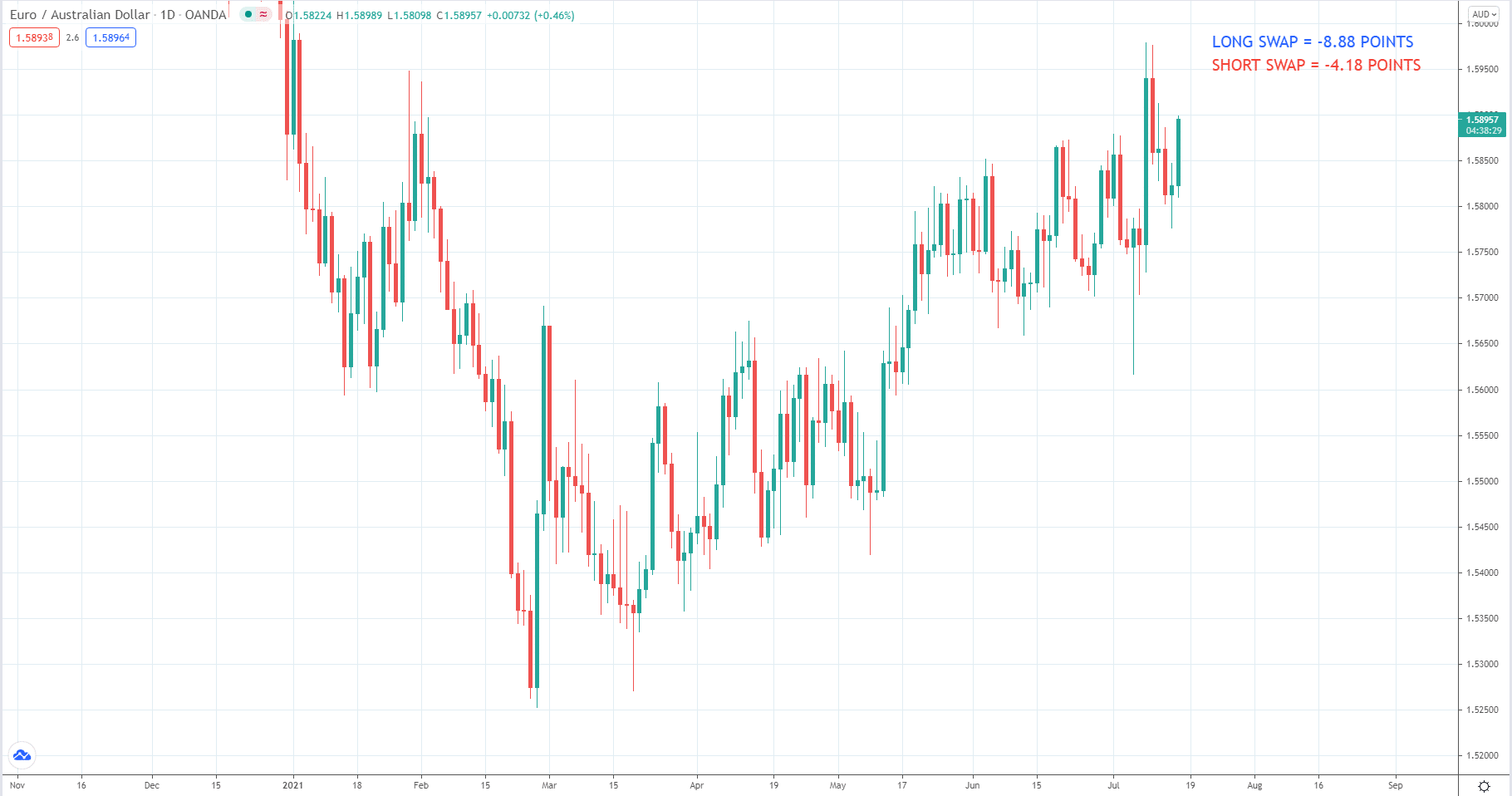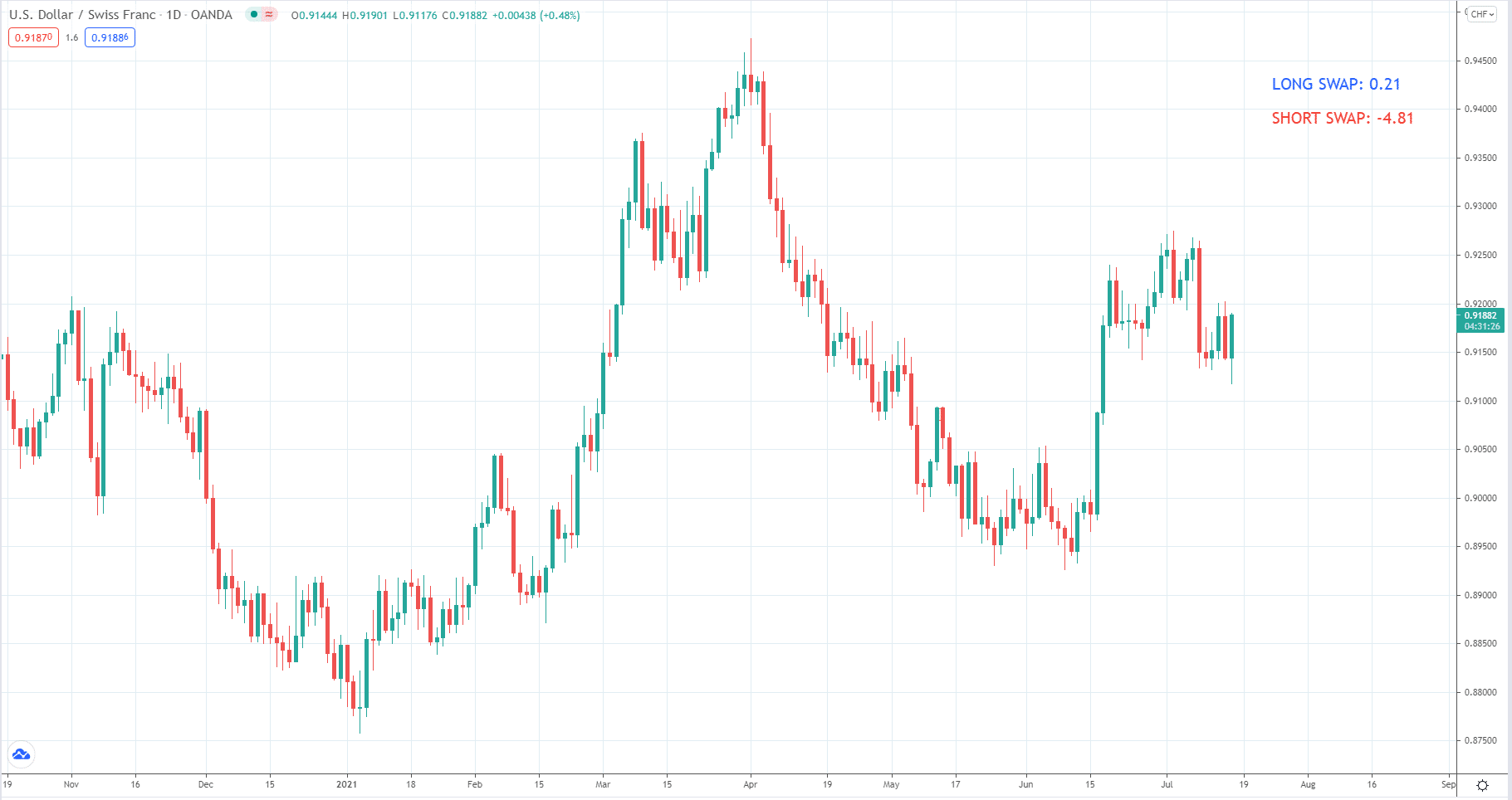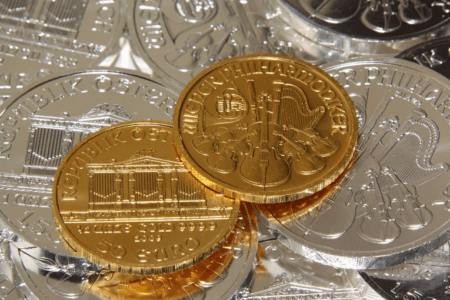Success in currency trading lies in your ability to find the best entry and exit points in the market. There are many strategies out there available to you. Another way to profit from your trade transactions is through a swap. Think of it as a commission, which your broker can add to or deduct from your account.
Can you make money trading swaps?
Yes, you can, but the odds are heavily against you. You need to understand how your broker charges or credits you with the swap commission and then find a workaround so that it works in your favor. This article will learn what a swap is and how you can trade profitably with swaps in mind.
What is a swap?
To understand swaps, let us use a bank loan as an analogy. Let us say you borrowed $10,000 from your bank at an interest rate of two percent. When it is time to pay up your loan, of course, you return not only the initial loan amount. You have to pay interest as well. This means you will pay a total of $10,200. The $200 is the loan interest.
The same logic applies to currency trading. Margin trading is like getting a loan from your broker for you to be able to take trades. Think of your broker as the bank and you as the borrower. Swap is the interest you pay to your broker for providing this service.
Long swap versus short swap
Unlike other financial markets, the foreign exchange market allows you to buy or sell instruments at any time and possibly make money on the up and down market movements.
- If you buy assets, you take long positions.
- If you sell assets, you take short positions.
The same idea holds for forex swaps.
- If you buy a pair and keep the trade-in for more than one day, your broker will apply a long swap to the trade.
- If you sell a pair and hold the trade overnight, your broker will involve a short swap.
If the long swap in the traded pair is positive and you bought it, your broker will credit a swap or interest to your account. Meanwhile, if the short swap in a traded pair is negative and you sold it, your broker will charge a swap on your account, meaning you pay your broker a fee. Many factors are affecting the swap value, making it either positive or negative. You will learn about them shortly.
How do forex swaps work?
You do not incur or receive swaps when you do not leave trades open overnight. This is particularly true for day traders, opening and closing trades within the day. For instance, if you initiate a trade in the afternoon and close it before the day ends at 11:59 PM, swaps do not apply.
The swap value applies to a currency pair and depends on the central banks of the underlying currencies. For the euro, for example, it is the European Central Bank that decides the interest rate, which is one of the things covered in its monetary policy. For the Australian dollar, it is the Reserve Bank of Australia that controls the interest rate. For the EUR/AUD pair, the swap reflects the disparity in interest rates of euro and AUD.

Therefore, the swap goes up and down and is either positive or negative.
- If the swap is positive, you could gain interest in trading the currency pair.
- If negative, you could pay interest instead.
Most of the time, the swap value is negative for both long and short positions. Be aware of this truth if you plan to trade swaps. Check the swaps for EUR/AUD in the above chart.
As introduced beforehand, the swap value varies based on several factors, such as:
- A commission rate of the broker
- The gap between interest rates of the quote and base currencies making up a pair
- The day of the week that you open the trade
- The trade volume taken
Middle of the week swap
There is another thing worth noting about swaps. If you take a position on Wednesday and decide to keep the trade open after Thursday, you will notice the swap is three times bigger. This is because a swap for a specific day is applied for the next two days. For instance, if you take a Monday trade and leave it open overnight, the swap should reflect on Wednesday. In turn, the swap for Wednesday will take effect on Friday.
Meanwhile, when you take a position on Thursday, the swap should reflect on Saturday, which is a weekend. That is not possible at all since the currency market is closed on weekends. Therefore, your broker will push the swap to the next market day (Monday). That is why the swap credited or charged on Monday for the Wednesday trade becomes three times as much.
How to make money on swaps
If you want to make money on swaps, you can use several strategies to do that. One of the most widely used strategies is the carry trade. The reason why this strategy is popular is that it involves a small risk and relatively big reward.
The gist of the carry trade strategy is holding the position for a long time until you earn a positive swap. However, you cannot apply this strategy to just any currency pair provided by your broker.
You have to investigate which pairs have positive swaps. Manually doing this can take a lot of work and time, though. If you have a script or technical indicator, you can save a lot of time and effort.

Of the two programs, an indicator is better, as it can display on the chart the positive and negative swaps for each currency pair you like. These values update every day when you open your trading platform. To earn a good amount of profit from carry trades, you must take large positions in the direction of positive swaps. While you might get positive swaps, the floating profit for the position may be negative. That is the challenge to this strategy.
To close your carry trades in profit, you have to understand certain things. The rule of thumb is to find positive swaps in the direction of the long-term trend. See the above graphic showing a symbol with a positive long swap. Using longer-period moving averages can do this for you. This way, you can take the right side of the market and have a positive swap at the same time.
Another thing that you have to monitor is the interest rate of different currencies you find interesting. Since central banks control this metric, be aware of the schedule of interest rate announcements. Good thing, these decisions on interest rates occur at regular intervals, making it easy to keep tabs on them.
Final thoughts
The carry trade is another way to make money while trading. If you are a position trader or someone who uses cost averaging, it is good to think about swaps. If you don’t, it will come to you as a surprise if you find out that swaps eat your profits gradually each day, even if you happen to take the right side of the market. This is one area of trading that you should start thinking about in your trading journey.




